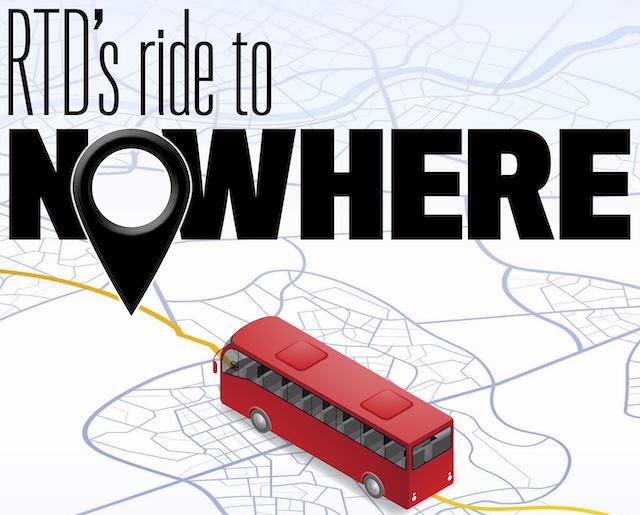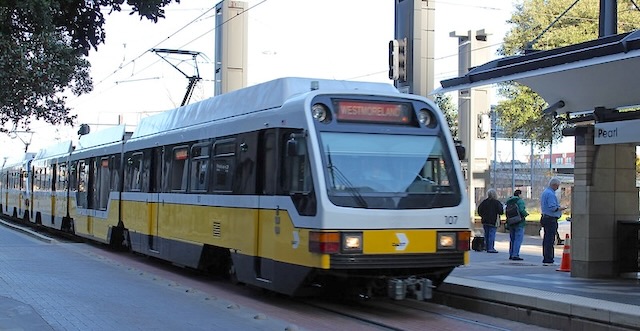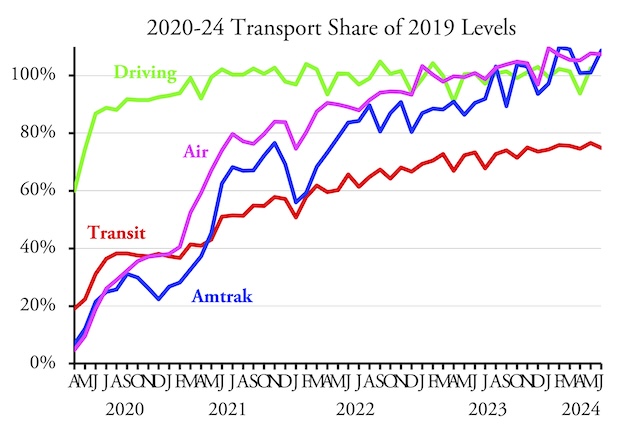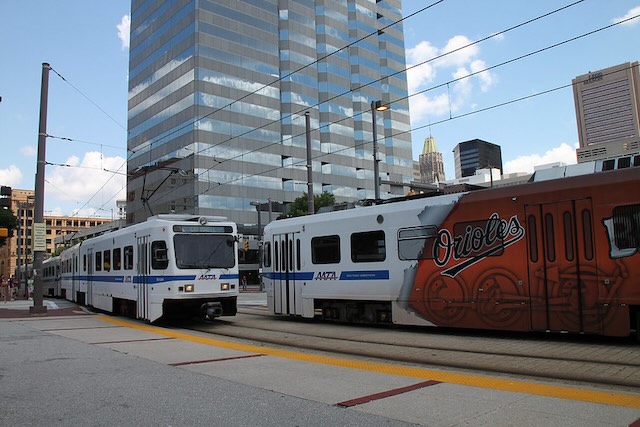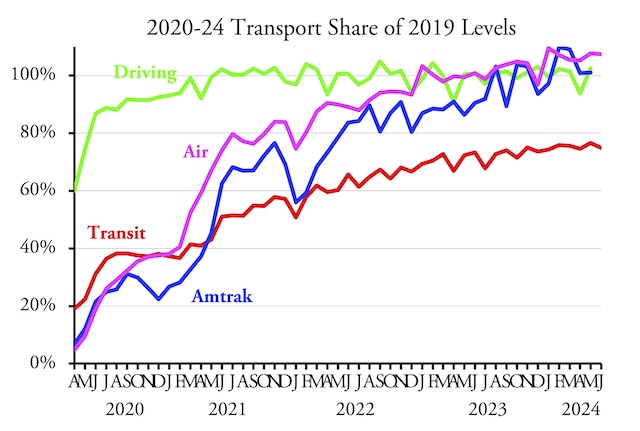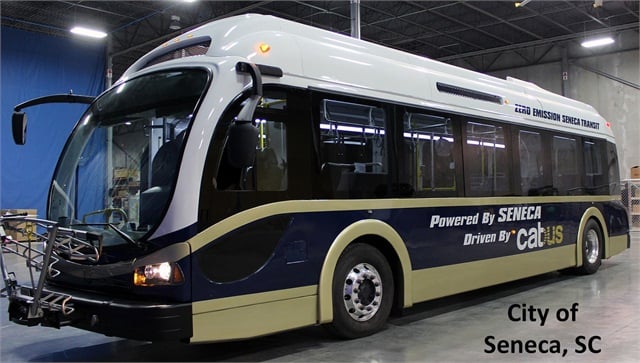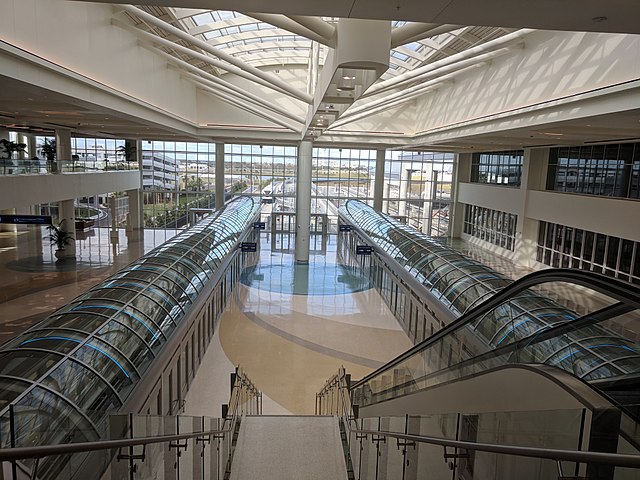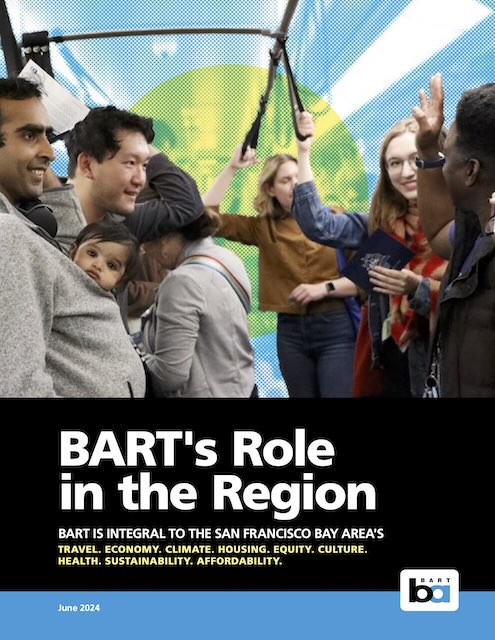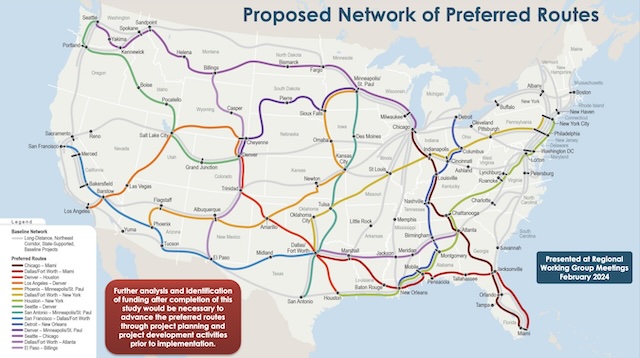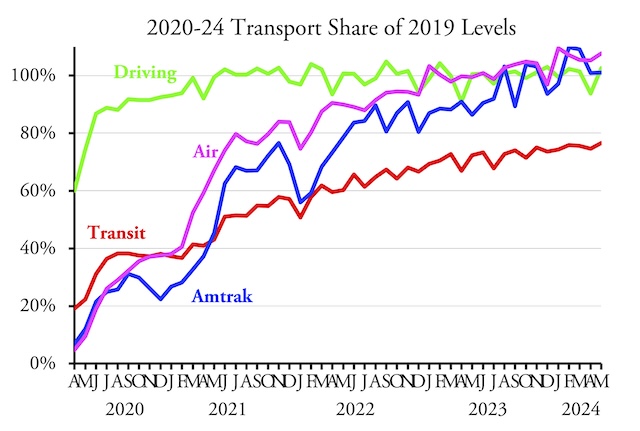Denver’s Regional Transit District (RTD) has been slower than average to recover from the pandemic, carrying only 59 percent of pre-pandemic riders in June compared with an industry-wide average of 75 percent. Key legislators want to fix this problem by reforming how the agency’s board of directors is selected. Instead of letting voters select board members, they want to have them appointed.
Click image to download a PDF of this commentary.
This is equivalent to rearranging the deck chairs when the ship is sinking, charged an opinion piece in yesterday’s Denver Gazette. The article points out that RTD’s real problem is its downtown-centric route map. Prior to the pandemic, transit carried 22 percent of downtown Denver employees to work but only 2.6 percent of workers in the rest of the urban area. Continue reading

